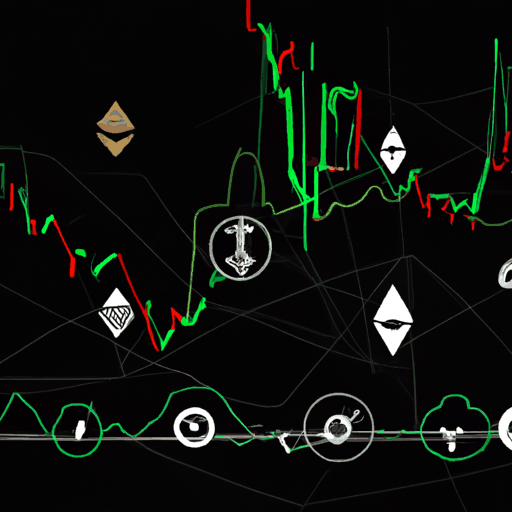
Bitcoin's Complex June: Miners Cut Production Amid Economic Power Plays and Boosted Purchasing Power
By: Eliza Bennet
Bitcoin's mining landscape witnessed significant developments in June as miners strategically curbed their activities due to fluctuating electricity markets and rising power costs in Texas. Notably, Riot Platforms, a prominent player, revealed a 12% drop in its Bitcoin production, mining just 450 BTC compared to the previous month’s 514 BTC. This measured reduction aligns with Riot’s ‘economic curtailment’ strategy and its voluntary engagement in the Electric Reliability Council of Texas’s demand response initiatives aimed at mitigating peak demand charges. Despite a dip in production, Riot and other miners were willing to sacrifice immediate profits to ensure lower operational costs in the longer term. These strategic moves underscore the balancing act miners must play between production and cost management, especially within volatile weather and market conditions.
In parallel, Bitcoin as a broader financial instrument displayed promising resilience and stronger purchasing power, as highlighted by a recent analysis on the Stablecoin Supply Ratio (SSR) within the Bitcoin ecosystem. The SSR, an indicative ratio between Bitcoin supply and stablecoins, reflects the buying power investors wield within the market. Glassnode, an on-chain analytics firm, points out that the current ratio shows a more neutral purchasing power compared to past trends. Unlike earlier bullish phases where SSR values were high, indicating limited stablecoin supply relative to Bitcoin, today’s metrics reveal a more favorable dry powder situation.
This insight indicates that investors possess a markedly stronger capacity to engage with the cryptocurrency than seen during the previous bull market. The shifting dynamics in purchasing power suggest a robust underlying demand and reflect a healthier market environment. Such trends are pivotal not only in understanding current crypto market landscapes but also in predicting potential future trajectories of Bitcoin investment activities. The improvement in purchasing power also highlights a growing sophistication among investors, combining cyclical economic considerations with strategic trading endeavors for optimal returns.
Overall, June’s developments signify a dual narrative in the Bitcoin space: one of strategic adaptation by miners to external economic pressures and another of reinforced purchasing strength among investors. These concurrent trends contribute to a nuanced understanding of Bitcoin’s current position within the broader financial market, indicating resilience amid structural changes and volatility.



